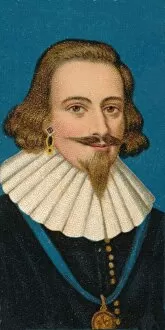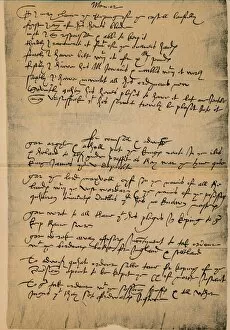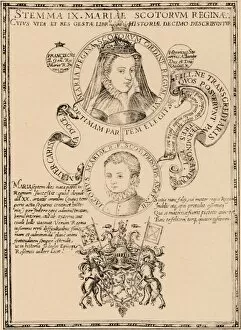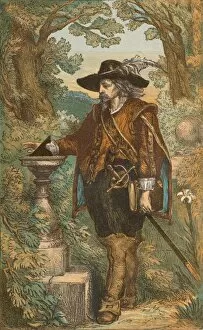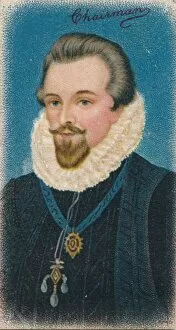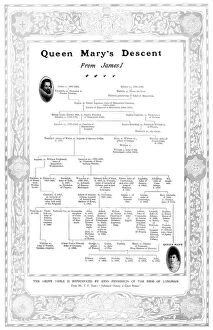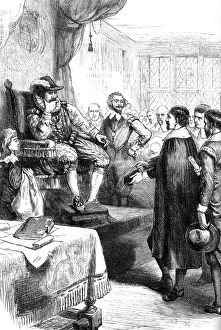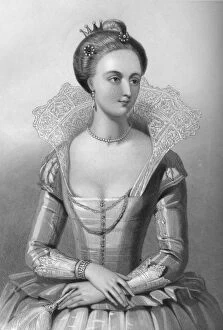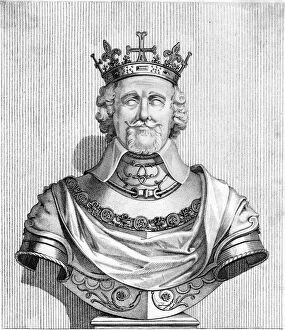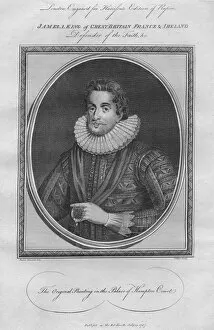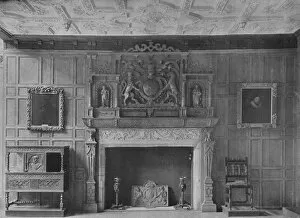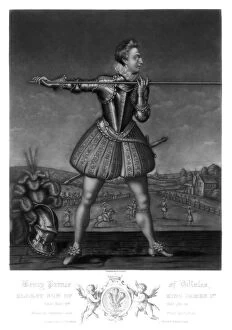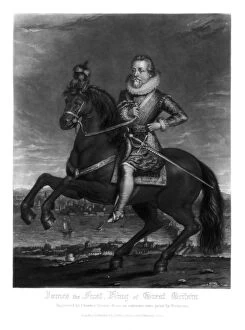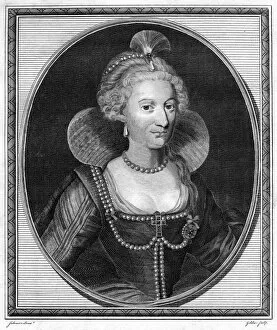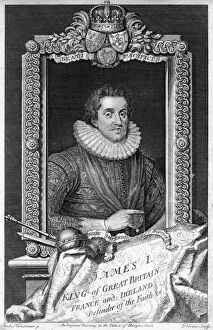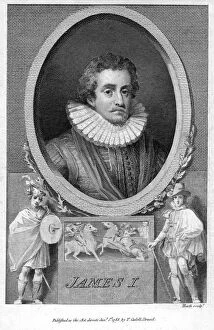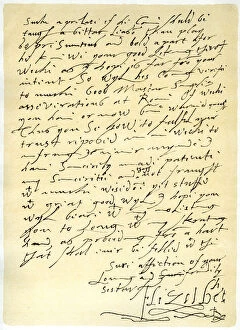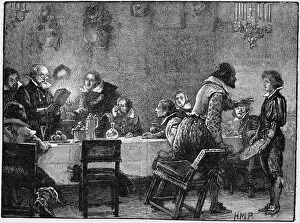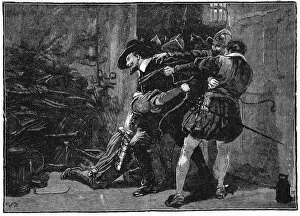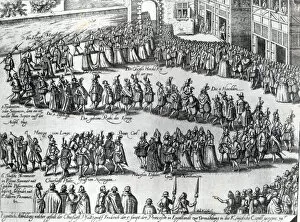James Vi Collection (#5)
"James VI: A Complex Figure in the 16th Century" In this captivating portrait by Isaac Oliver, we see James VI of Scotland, later known as James I of England and Ireland
For sale as Licensed Images
Choose your image, Select your licence and Download the media
"James VI: A Complex Figure in the 16th Century" In this captivating portrait by Isaac Oliver, we see James VI of Scotland, later known as James I of England and Ireland. The painting showcases his regal presence and commanding gaze, reflecting his powerful reign during the late 16th century. Another intriguing portrait from the same era is that of Arabella Stewart. Painted with meticulous detail, it captures her beauty and elegance, hinting at a potential romantic connection between her and James VI. Sir Edwin Sandys' portrait adds to the tapestry of influential figures surrounding James VI. With his turned-down ruff, he exudes sophistication and intellect – qualities that were highly valued during this period. The infamous Gunpowder Plot led by Guy Fawkes in 1605 also marks an important event during James's rule. This historical moment challenged his authority but ultimately showcased his resilience as a leader. Mary, Queen of Scots' portrait further emphasizes the complex dynamics within James's family history. Her image reflects both strength and vulnerability – a reminder of their intertwined destinies. Lord Howard of Effingham's depiction reveals another key figure who played a significant role in shaping James's reign. Thomas Cockson masterfully captures Lord Howard's dignified demeanor, highlighting his influence on political affairs. George Villiers, 1st Duke of Buckingham – one cannot discuss James without mentioning this charismatic courtier whose close relationship with the king raised eyebrows among many nobles. George Buchanan was another influential figure who left an indelible mark on King James through education and mentorship. His intellectual prowess greatly influenced not only the monarch but also Scottish society as a whole. The Puritans Before James I painting offers insight into religious tensions prevalent during this time period. It depicts contrasting ideologies that often clashed with King James's more moderate approach to governance. "The Apotheosis of the Duke of Buckingham" symbolizes how some individuals were elevated to almost godlike status during James's reign.


